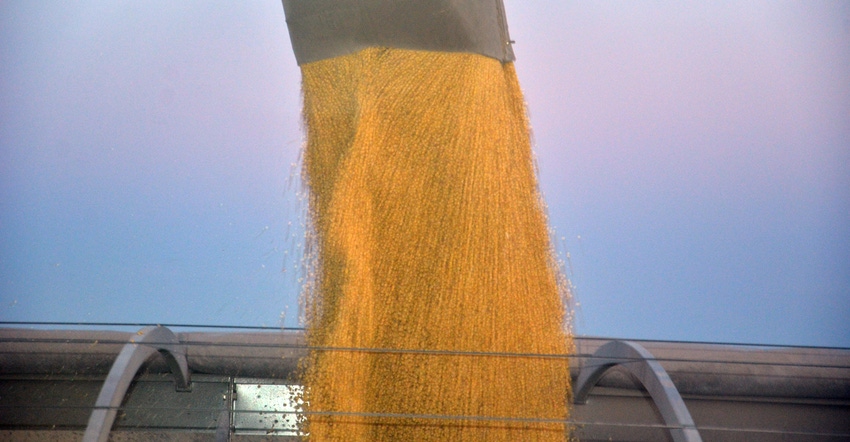January 28, 2019

New data from 2018 shows that sulfur increases soybean yields more than half the time. Would some sort of check in my fields be a good idea? Would I need a check in every field? How do I set up a check to see if sulfur helps my bean yields?
The Indiana certified crop adviser panel answering this question includes: Gene Flaningam, Flaningam Ag Consulting LLC, Vincennes; Greg Kneubuhler, G&K Concepts, Harlan; and Tom Stein, manager of the Boswell and Templeton branches for Ceres Solutions Cooperative.
Flaningam: Purdue University research has shown a high return on investment for applying sulfur. Higher organic matter soils may show less of a return due to mineralization of sulfur. Early planting dates may benefit more due to cool soils and lack of mineralization.
To run an on-farm trial, I would try three to four different fields. Your trials should be based upon primary soil types, tillage, crop rotations and fall vs. spring fertilizer programs. The most efficient way would be to broadcast ammonium sulfate just prior to or after planting. Make strips at least twice the width of your combine header; then harvest the center of each trial. I would suggest multiple passes in each field to provide good data. You can try different rates and different forms of sulfur for your own research.
Kneubuhler: We’ve noticed a steady decline is soil sulfur levels on our soil tests since the early 2000s. It’s not surprising considering the lack of sulfur deposition since the Clean Air Act was amended in 1990. We recommend our clients pay close attention to sulfur as time goes on. Data has supported sulfur response in many situations, including early planting and cooler conditions.
Checks can be a good idea if you want to prove anything to yourself. You wouldn’t need a check in every field. Checks that represent your farm and farming practices make the most sense. Checks can be set up with fertilizer and/or starter situations that allow you to collect yield data to verify. Think out your layout so you can overlay effective yield data.
Stein: Sulfur deficiencies are more common on low organic matter, sandy soils because of their inability to supply adequate sulfur from mineralization and their predisposition to leaching. I would start with just one field that has the lowest organic matter and the coarsest soil particle structure.
Many field trials have been done using side-by-sides where you split a field into two parts and compare treated vs. untreated. Because these treatments aren’t replicated, they don’t account for field variability. Replicate sulfur application four or more times. Apply the entire width of the field and across rows so you don’t have to match up with harvest width. Those treated swaths should be at least 300 feet wide to get reliable yield monitor data and establish buffers between treatments perpendicular to the rows.
Use equipment with GPS and yield monitors to collect data. Get an “as applied” map for the sulfur application from your ag retailer. Keep all other management practices the same across the entire field. Make sure you harvest the entire field on the same day using the same combine. Ensure the yield monitor has up-to-date firmware and is properly calibrated. You should be able to lay the yield map over the sulfur “as applied” map using GIS software to determine results.
You May Also Like




